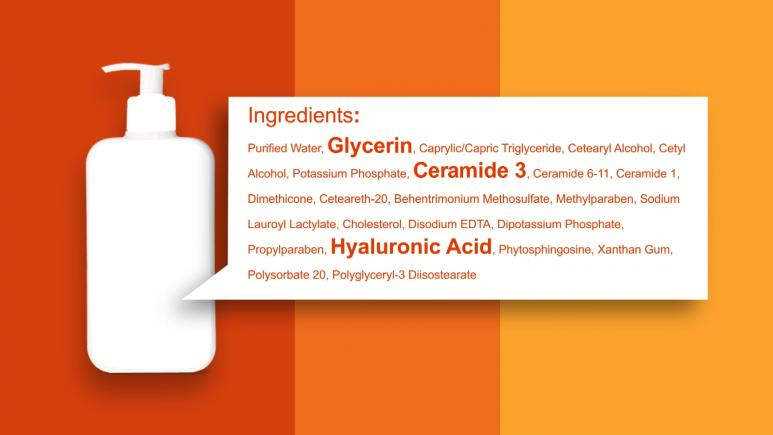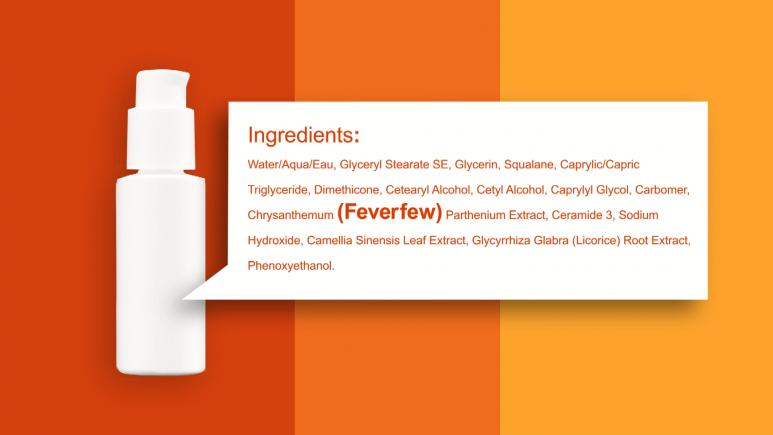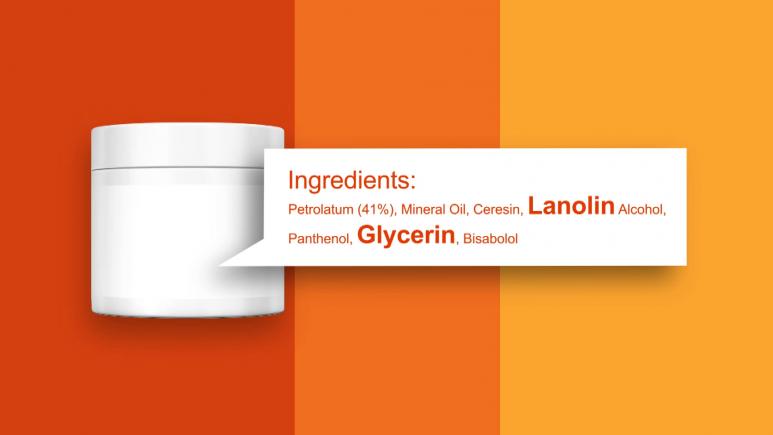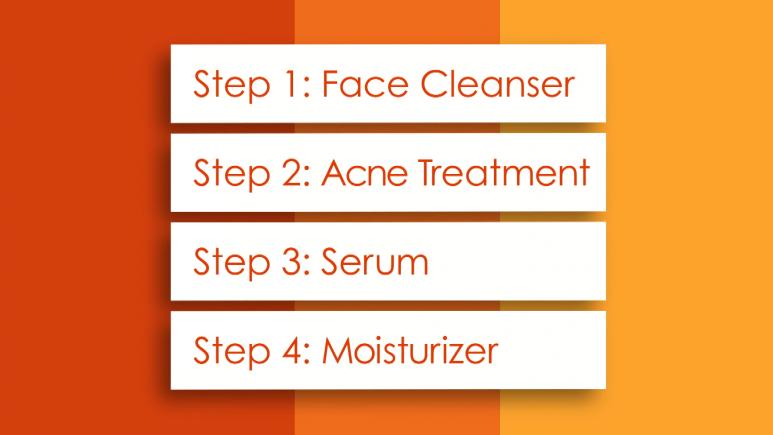

Winter Skincare 101 With Rachael's Dermatologist Dr. Anne Chapas

Q&A with Organizational Pro Peter Walsh + Dermatologist Shares A…

Actor Hank Azaria + Freezer Meals + Artichokes 2 Ways with Rach

See Inside Barbara Corcoran's Stunning NY Apartment + It's Steak…

How to Make Chicken and Lobster Piccata | Richard Blais

Donnie Wahlberg Spills Details About NKOTB's First Ever Conventi…

Donnie Wahlberg + Jenny McCarthy Say Rach Is Such a "Joy" + Look…

The Best Moments From 17 Seasons of the Show Will Make You Laugh…

How to Make Crabby Carbonara | Rachael Ray

Rach Chats "Firsts" In Flashback From Our First Episode Ever In …

How to Make Apple-Cider Braised Pork Chop Sandwiches with Onion …

Rach's Chef Pals Say Goodbye to Show in Surprise Video Message

How to Make Sesame Cookies | Buddy Valastro

How to Make Tortilla with Potatoes, Piquillo Peppers and Mancheg…

How to Make Shrimp Burgers | Jacques Pepin

How to Make Spanakopipasta | Rachael Ray

Andrew McCarthy Chokes Up Discussing Emotional Trip to Spain wit…

Celebrity Guests Send Farewell Messages After 17 Seasons of the …

Celebrity Guests Send Farewell Messages After 17 Seasons of the …

Andrew McCarthy Teases Upcoming "Brat Pack" Reunion Special

Michelle Obama Toasts Rach's 17 Years on the Air With a Heartfel…
Between freezing temperatures, biting winds and blasting heaters, winter weather can wreak havoc on our skin. But don't worry — we called on Rachael's dermatologist, Dr. Anne Chapas, to help put an end to dry, itchy skin and flaky patches once and for all.
"The skin really likes consistency, so when the weather changes, it can really wreak havoc with our skin," Dr. Chapas explains. "When the humidity lowers [and] the temperature drops, water evaporates from our skin and skin dries out."
"When our skin dries out, it's no longer a great barrier to the environment," she continues. "It's more prone to inflammation and irritation."
DRY SKIN FIXES FOR WINTER
1. Exfoliate!
If you think you don't need to exfoliate when your skin is dry, think again. You need to get that dead skin off to clear up your pores, Dr. Chapas says.
"You gotta get the dead [skin] off before you can get the water in," she explains. But you don't want to exfoliate with scrubs and acids during this time of the year, because that could be irritating.
Dr. Chapas likes to use microfiber wash cloths to exfoliate once a day in the shower. It's actually similar to a version you might use for cleaning your house, she says, but there are really gentle versions for the face and body.
2. Take Shorter Showers (and Lower the Temp a Tad)
"A lot of people in the winter want to jump into a nice warm shower and spend hours in there, and they don't want to get out — but that's the worst thing you can do for your skin."
"Take a tepid, warm, short shower," she suggests.
3. Moisturize ASAP After Showering
"And then when your skin is still you wet, you want to try to apply moisturizers to seal in that water," the derm says. You'll want to do that within 60 seconds of coming out of the shower.
4. Switch to a Thicker Moisturizer With 3 Key Ingredients
This is the time of year you should switch to a thicker lotion—look for ingredients like glycerin, ceramides and hyaluronic acid, she suggests.

5. Soothe Inflamed Red Skin With Calming Ingredients
"If your skin is dry, it's then going to be more prone to irritation and inflammation — and that shows up as redness," Dr. Chapas says. She recommends looking for moisturizers with anti-inflammatory ingredients, such as feverfew and calendula, to help calm your red and inflamed skin.

And no matter what moisturizer you choose, make sure to wear sunscreen too. "Don't forget that sun damage happens all year round," she says. "It's also a good time to treat sun damage, because people aren't in the sun as much, so it's a good time to try to fade those sun spots, treat the wrinkles — but also get into a good skin routine by summer by wearing that SPF 30 every day."
6. Apply a Balm With Lanolin + Glycerin Before Bed
Nighttime is the time to apply really "goopy and greasy" ointments onto your lips and nails, the dermatologist explains. Her favorites have lanolin and glycerin. "I leave [mine] next to my bedside," the derm says. "It's a great sealant, and that's why it's important to put it on at nighttime."

7. Get a Humidifier (or 2)
Hydrate your space — not just at home, but wherever you spend the bulk of our day (like in an office). Just remember to clean and refill it.
8. Stay Hydrated
Keep water on your bedside table and drink it frequently throughout the day, the dermatologist says. Plus, "If your nasal passages dry out [and] your throat dries out, you're going to be more susceptible to colds and flus," she explains.
9. Prevent Winter Breakouts (Which Can Be Caused By Dry Skin—UGH)
Winter can be a surprisingly bad time for breakouts because the cold air dries out skin causing an overproduction of oil, ultimately leading to more breakouts, Dr. Chapas says.
Acne treatments can further dry out the skin, so the order you apply them matters, she continues. Apply any acne products first, followed by a serum then moisturizer.



